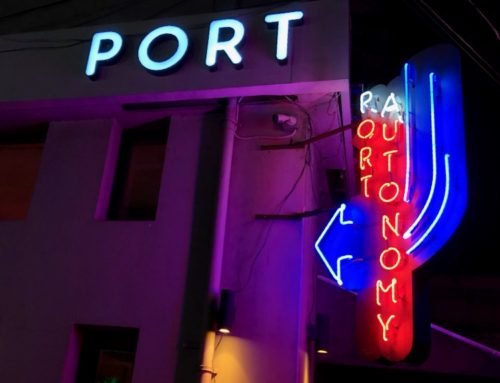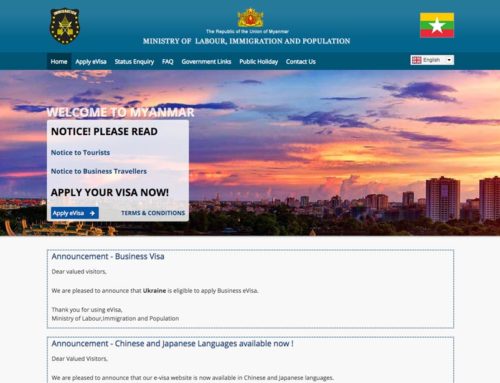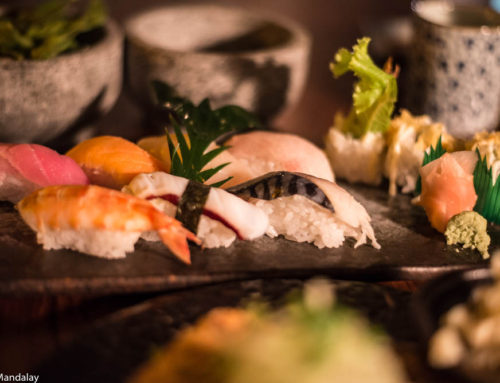STAYING CONNECTED IN MYANMAR
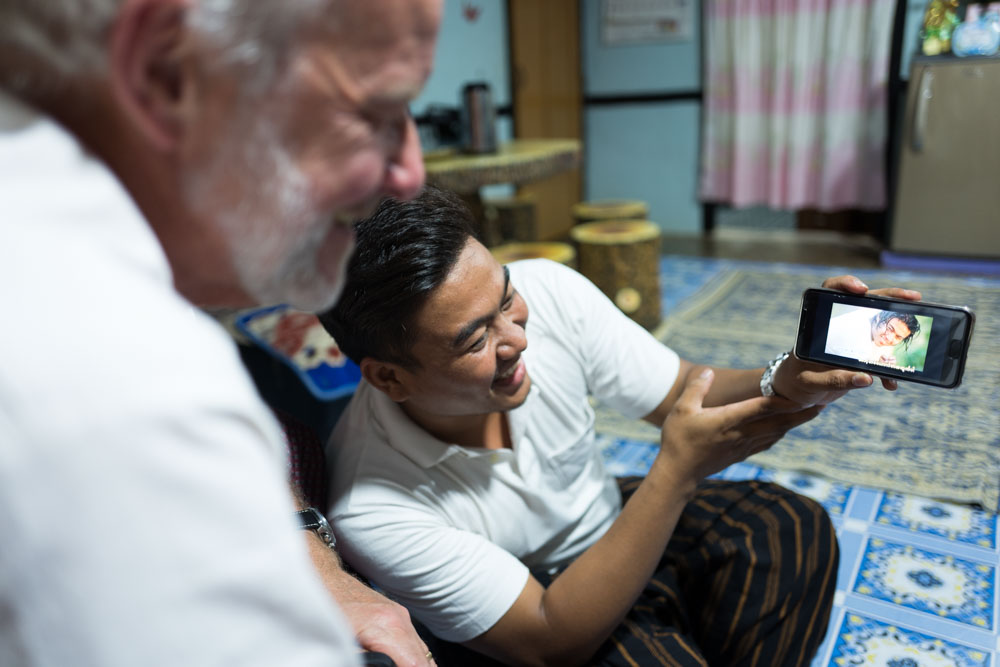
Thanks to better data connectivity, streaming Youtube videos in Myanmar is now easier than ever.
Not long ago, getting your hands on a SIM card in Myanmar would have cost upwards of USD2,000 and involved putting your name down on a ridiculously long waiting list. Thanks to the country opening up, and the government allowing multiple telecommunication companies to operate, these tiny electronic chips can now be purchased almost anywhere for as little at USD2. Sadly, early adopters were not offered any money back, but as a consolation, they did manage to get their hands on the shortest mobile phone number you’ve probably ever seen.
There are currently three mobile phone operators in Myanmar, with talks of a fourth (Mytel) launching within the year.
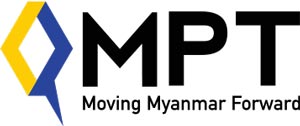
MPT
This government owned telecommunications provider was the first on the scene and as such, has the best overall coverage. Unless you’ve visited Myanmar before, you’re unlikely to be familiar with the brand but with over 130 years of company history and a Japanese CEO (former KDDI), it’s fair to say they know what they’re doing. In 2014, KDDI, together with Sumitomo pledged to invest USD2 billion into the company over the next decade – if this is anything to go by, it’s likely we’ll see MPT’s internet speed, call quality and nationwide coverage improve exponentially over the coming years.
As of February 2018, MPT is reported to have 28 million Myanmar users, with a nationwide coverage of 90%.
For: Best overall coverage, Japanese managed.
Against: Has a bit of a monopoly.
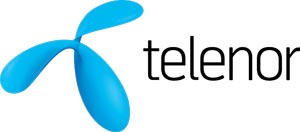
Telenor
In 2013, Telenor was one of two companies (the other being Ooredoo) to win the bid for a Myanmar mobile phone license. With networks in 13 countries and operations in 29, this Norwegian provider is one of the world’s largest mobile telecommunications companies. Furthermore, it is no stranger to emerging markets having already set up in Pakistan, Bangladesh and Malaysia. Since November 2014, Telenor and Yoma Bank (one of Myanmar’s largest commercial banks) teamed together to bring mobile banking to the country – this helped millions of people without bank accounts gain access to financial services, in turn winning the company lots of brownie points across the nation.
As of February 2018, Telenor is reported to have 19 million Myanmar users, making it the second most popular network in the country, and a nationwide coverage of 90%.
For: The most user friendly mobile app (great for checking balance, topping up etc), good coverage, doesn’t have a monopoly, makes a big effort to get involved in social initiatives.
Against: Less 4G spots (not that there’s many reliable ones in Myanmar).

Ooredoo
Alongside Telenor, Qatar’s Ooredoo Group were also awarded a license to operate in Myanmar. Pledging to invest USD15 billion into the telecommunications sectors, the company means business and that was made apparent when they became the first company to offer 4G services in May 2016. They are also in the early stages of rolling out a 4G Pro service, which Ooredoo believes will be three times faster than 4G Plus (the current fastest broadband cellular network technology).
As of February 2018, Ooredoo is reported to have eight million Myanmar users, with a nationwide coverage of 85%.
For: The best when it comes to 4G coverage, offer very large data packs (up to 30GB at time of writing).
Against: Nationwide coverage isn’t as good, but as a tourist, it’s unlikely you’ll notice much of a difference.
Where to buy?
SIM cards can be purchased almost anywhere, however, assuming you’ll probably want to pick one up as soon as you arrive, the first place we’d recommend you look would be the international airports (Yangon or Mandalay). Failing that, your guide will be happy to accompany you to a mobile phone shop at the next available opportunity.
Anything I need to bring?
Don’t forget your passport and visa (the visa is not usually required but it’s best to bring for safe measures).
Tourist SIM cards
At this time of writing, only MPT and Telenor offered dedicated tourist SIM card packages.*
MPT: Valid for 10 days, comes with 1.5GB data and MMK5,000 pre-loaded credit. This will cost MMK10,000. Click here to read more.
Telenor: Valid for 14 days, comes with 5GB data, 50 any-net minutes (to a local number) and pre-loaded MMK1,500 credit. This will cost MMK15,000. Click here to read more.
*For those looking for simplicity, this option comes highly recommended. If you tend to download a lot, then you may wish to consider purchasing a standard SIM with a 10GB+ data pack.
Will the SIM card work in my phone?
Before travelling to Myanmar you’ll need to check that your phone is unlocked and not limited to one service provider – this is likely to be the case if you haven’t purchased your device outright.
Using hotel WiFi vs mobile tethering
Our travellers frequently complain about intermittent internet access and slow speeds. To avoid this and guarantee the fastest and most reliable connection, turn on your smartphone’s tethering function and connect your preferred internet browsing device. Instructions on how to do this using Apple iOS and Android smartphones can be found below.
Apple device: (click here)
Android device: (click here)
Going off our own experience and past client feedback, mobile phone tethering wins every time.
Topping up
Thanks to every mobile phone plan in Myanmar being pre-paid, you’ll find no shortage of shops selling top-up vouchers. Please ask your guide to assist you with this.
Back to useful Myanmar travel information

